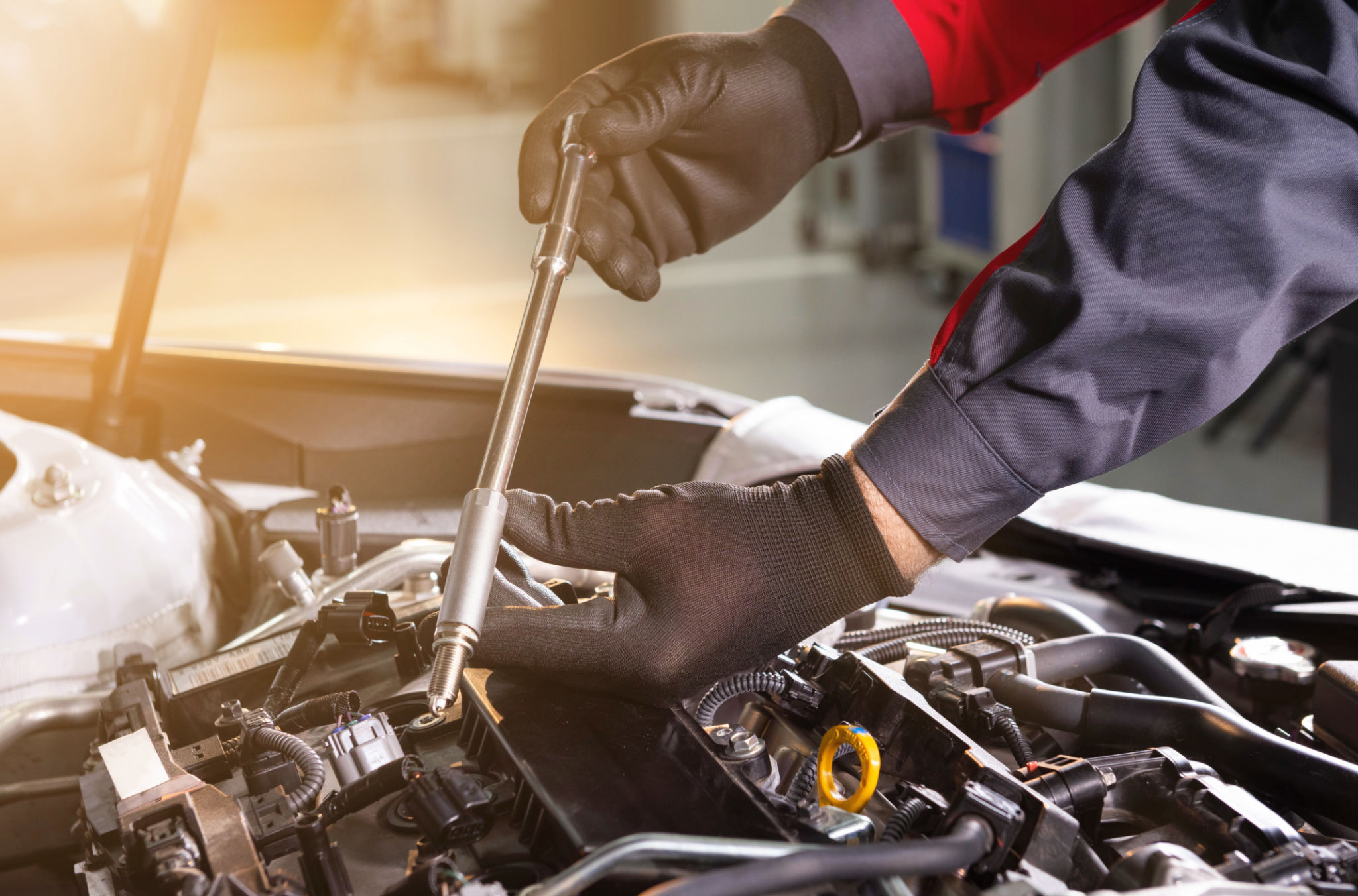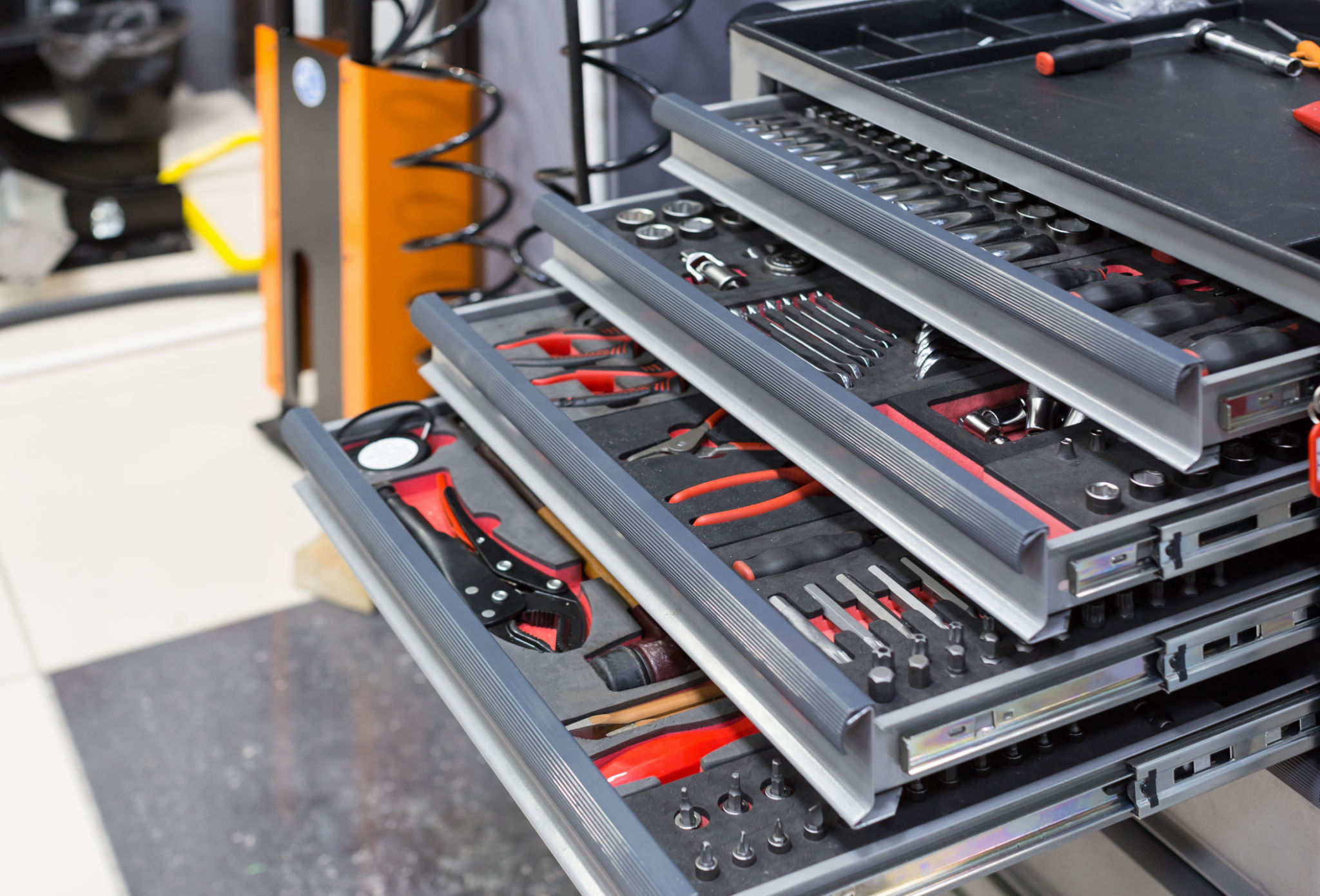How to Choose the Right Automotive Fillers for Your Business
Understanding the Role of Automotive Fillers
Automotive fillers play a crucial role in the body repair process by filling dents, scratches, and other imperfections on vehicle surfaces. Choosing the right filler can significantly impact the quality and durability of repairs, making it essential for businesses to select the best options for their needs.
There are various types of automotive fillers available, each designed for specific applications. Understanding the different types can help you make an informed decision that aligns with your business requirements.

Types of Automotive Fillers
Polyester Fillers
Polyester fillers are among the most commonly used in the automotive industry due to their versatility and ease of use. They are suitable for filling small to medium-sized dents and can be easily sanded to achieve a smooth finish. These fillers are typically used on metal surfaces but can also adhere to fiberglass and other materials.
Fiberglass Fillers
Fiberglass fillers are ideal for areas that require additional strength and durability. They contain fiberglass strands that provide enhanced structural integrity, making them perfect for larger repairs or areas prone to stress. While they may be more challenging to sand than polyester fillers, their added strength makes them a valuable choice for certain applications.

Factors to Consider When Choosing Automotive Fillers
Material Compatibility
One of the primary considerations when selecting an automotive filler is its compatibility with the material you are working on. Ensure that the filler you choose adheres well to the specific surface, whether it's metal, plastic, or fiberglass. Incompatible materials can lead to poor adhesion and compromised repairs.
Curing Time
The curing time of a filler can affect the efficiency of your repair process. Some fillers require longer curing times, which can slow down your workflow. On the other hand, quick-curing fillers can increase productivity but may require more precise application techniques.

Cost and Quality Balance
While cost is an important factor when choosing automotive fillers, it should not be the sole determinant. Higher-quality fillers often provide better adhesion, durability, and ease of sanding, which can save time and resources in the long run. Consider investing in quality products that offer reliable performance.
It's also beneficial to consult with industry professionals or suppliers to find a filler that meets both your budget and quality requirements. Many suppliers offer samples or trial sizes that allow you to test products before committing to larger purchases.
Conclusion
Selecting the right automotive filler is vital for ensuring high-quality repairs and maintaining customer satisfaction. By understanding the different types of fillers available and considering factors such as material compatibility, curing time, and cost, you can make an informed decision that supports your business's success.
Investing in the right products will not only enhance the quality of your work but also streamline your repair process, ultimately contributing to greater efficiency and profitability for your business.